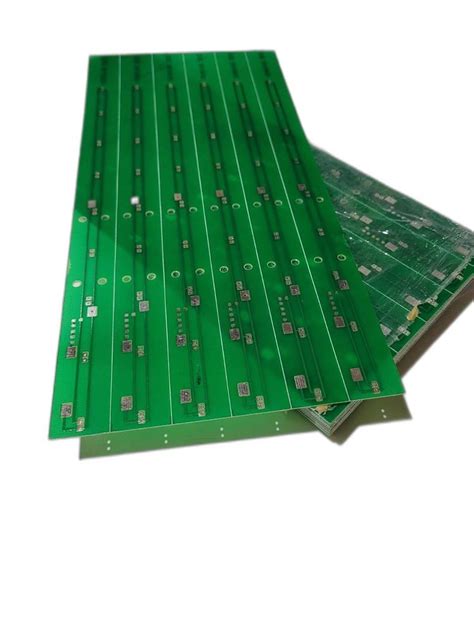
PCB Assembly Blog
-
PCB Multi-layer Fabrication – Lay-up and Bond
Posted by
–
 Read more: PCB Multi-layer Fabrication – Lay-up and Bond
Read more: PCB Multi-layer Fabrication – Lay-up and BondIntroduction to PCB Fabrication Printed Circuit Board (PCB) fabrication is a complex process that involves multiple steps to create a functional board. One of the critical stages in PCB fabrication is the lay-up and bond process, which is essential for creating multi-layer PCBs. In this article, we will discuss the […]
-
Understanding Manufacturing Tolerances on a PCB
Posted by
–
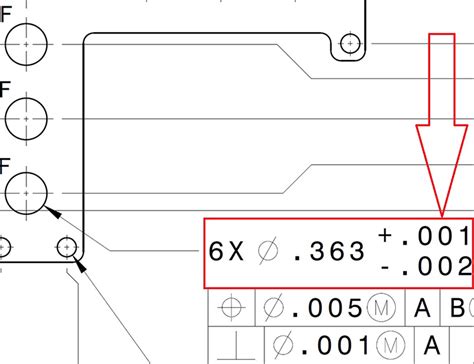 Read more: Understanding Manufacturing Tolerances on a PCB
Read more: Understanding Manufacturing Tolerances on a PCBWhat are PCB tolerances? PCB tolerances refer to the acceptable range of variations in the dimensions, spacing, and other physical characteristics of a printed circuit board (PCB) during the manufacturing process. These tolerances are essential to ensure that the PCB functions as intended and meets the required specifications. Types of […]
-
Solder Paste Data Preparation
Posted by
–
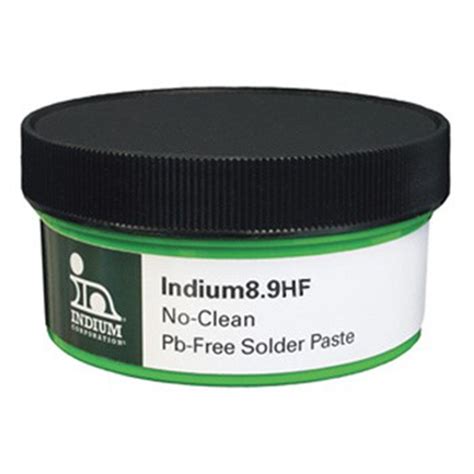 Read more: Solder Paste Data Preparation
Read more: Solder Paste Data PreparationWhat is Solder Paste Preparation? Solder paste preparation, also known as SolderPastePrep, is the process of getting solder paste ready for application in electronics manufacturing, specifically for surface-mount technology (SMT). It involves several key steps to ensure the solder paste has the right properties and consistency for optimal results during […]
-
How do we dissipate heat for PCB ?
Posted by
–
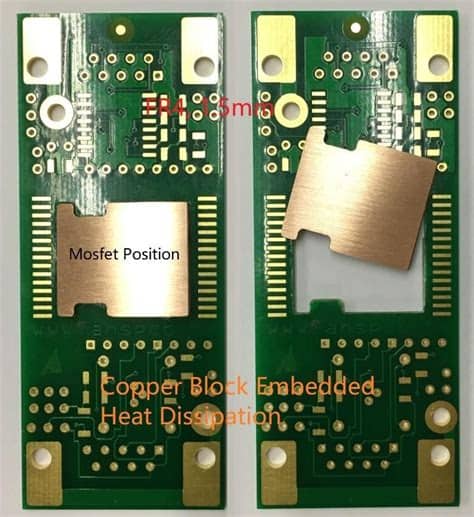 Read more: How do we dissipate heat for PCB ?
Read more: How do we dissipate heat for PCB ?Introduction to PCB Heat Dissipation Printed Circuit Boards (PCBs) are essential components in modern electronics, forming the backbone of devices ranging from smartphones to industrial equipment. As electronic components become more powerful and compact, managing heat dissipation becomes a critical factor in ensuring the reliability and longevity of PCBs. Excessive […]
-
How to Panelise Round Shaped PCB’s
Posted by
–
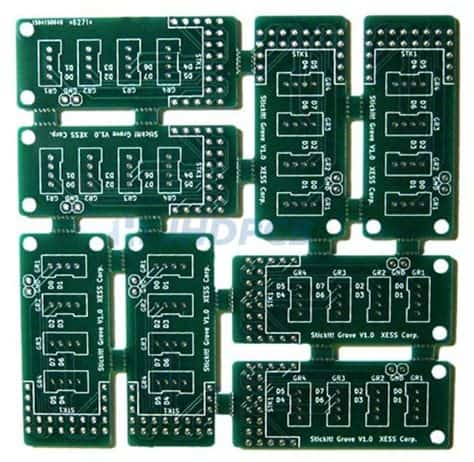 Read more: How to Panelise Round Shaped PCB’s
Read more: How to Panelise Round Shaped PCB’sWhat is PCB Panelization? PCB panelization is the process of grouping multiple printed circuit board designs onto a single panel for manufacturing. This technique is used to increase production efficiency and reduce manufacturing costs. By panelizing PCBs, manufacturers can produce a larger number of boards in a single run, minimizing […]
-
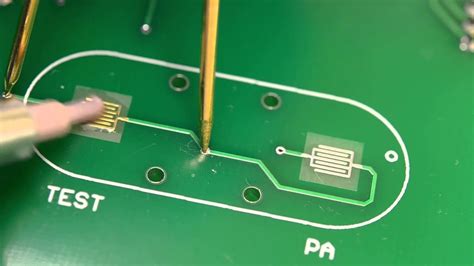 Read more: Plating Simulation – our New Tool for PCB Designers
Read more: Plating Simulation – our New Tool for PCB DesignersIntroduction to PCB Plating Simulation Printed Circuit Board (PCB) design is a complex process that involves multiple steps, from schematic design to layout and manufacturing. One crucial aspect of PCB manufacturing is the plating process, which involves depositing a thin layer of metal onto the surface of the PCB to […]
-
Surviving Components Shortages Together
Posted by
–
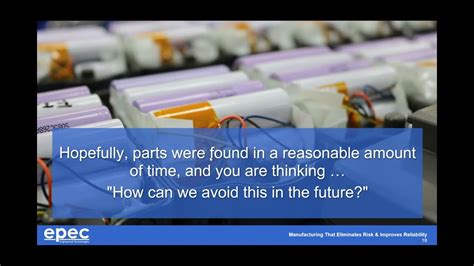 Read more: Surviving Components Shortages Together
Read more: Surviving Components Shortages TogetherUnderstanding the Causes of Component Shortages Several factors have contributed to the current component shortages: Supply Chain Disruptions The COVID-19 pandemic has disrupted global supply chains, causing delays and bottlenecks in the production and distribution of electronic components. Lockdowns, travel restrictions, and social distancing measures have affected manufacturing facilities, logistics, […]
-
Defining Defined Impedance
Posted by
–
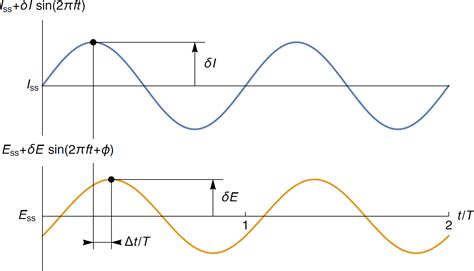 Read more: Defining Defined Impedance
Read more: Defining Defined ImpedanceWhat is Defined Impedance? Defined impedance refers to the characteristic impedance of a transmission line used to carry electrical signals. In high-frequency circuit design, transmission lines must have a specific impedance, typically 50 ohms, to ensure proper signal transmission and minimize reflections or power loss. Defined impedance is critical for […]
-
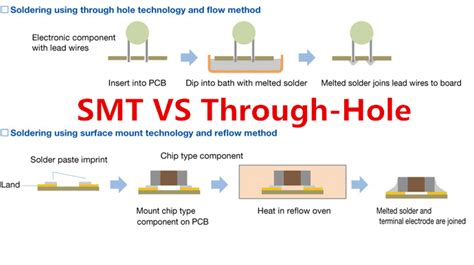 Read more: What is the difference between SMT and THT mounting?
Read more: What is the difference between SMT and THT mounting?What is Surface Mount Technology (SMT)? Surface Mount Technology, or SMT, is a method of mounting electronic components directly onto the surface of a PCB. In this process, the components are placed on top of the board and soldered to pads or lands on the surface. SMT components are typically […]
-
How to Upload PCB Data
Posted by
–
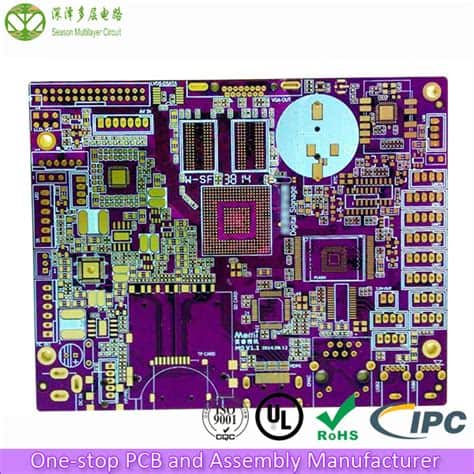 Read more: How to Upload PCB Data
Read more: How to Upload PCB DataIntroduction to PCB Upload Printed Circuit Board (PCB) data upload is a crucial step in the manufacturing process of electronic devices. It involves transferring the design files created by the PCB designer to the manufacturer for fabrication. The accuracy and completeness of the uploaded data directly impact the quality and […]




